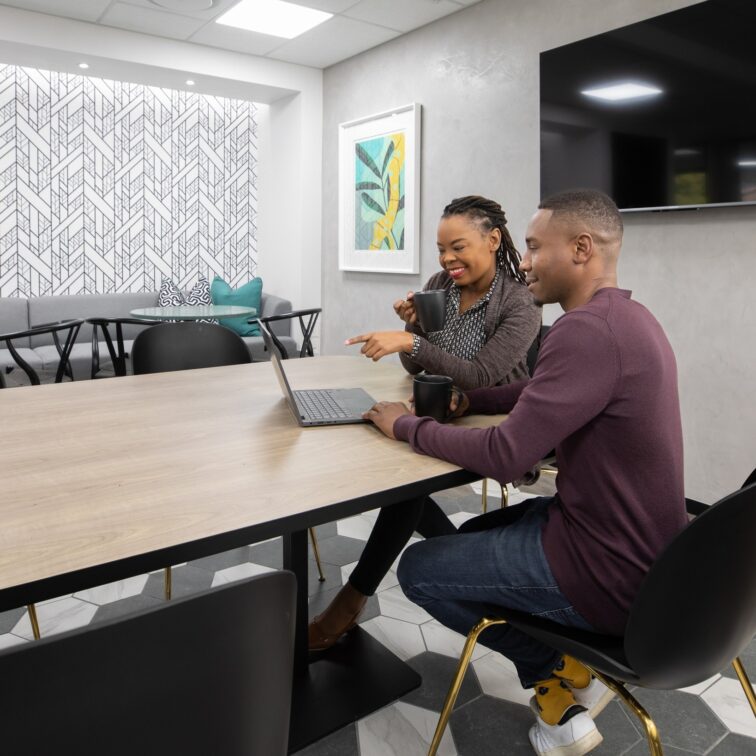Giant Leap: Fridays are sliding into work-leisure land – but has productivity suffered?
Despite an almost full return to the office, it seems Friday’s have been ceded to the work from home advocates as a compromise – without productivity falling in a heap. Linda Trim, Director at Giant Leap, one of SA’s largest workplace design consultancies, noted that we’re working less on Fridays than we used to.
“And for some of us, a lot less. In the past couple of years, the once-casual Friday has slid further into work-leisure limbo land—emerging less as a full workday and more a staging ground for the weekend. Increasingly the Friday office is a ghost town.”
Some people show up for part of the day and leave early while others may take the day as a work from home option if company policy allows it.
“There is definitely a trend away from the performative Friday work of checking Facebook, Whatsapping friends to run the clock down to 5pm. It never made sense before and employers are increasingly aware that sitting needlessly in an office really annoys people.”
On their Fridays working from home employees tend to work two hours less than the full-time office group. Many used the time for medical appointments, picking children up from school or exercise.
But has productivity suffered in this more relaxed working environment?
“Growing evidence suggests that taking it easier one day of the week can supercharge performance on others, plus mitigate the costs of worker burnout and turnover.
“Some employers are even discovering their staff work more effectively when they’re left to sort their Fridays on their own. Friday afternoons are the least productive part of the week anyway,” Trim noted. “And it also gives back a lot of time to managers.”
Many businesses have expressed concerns that if people are out of the office they must be goofing off.
“If you look at the data however, it’s a more complicated story,” Trim added.
She points to a 2022 study co-written by, Nicholas Bloom, an economist at Stanford University, of more than 1 600 professionals at a large tech firm weighing whether to adopt a hybrid-work model. For the six-month experiment, half the staff worked full time in the office, the rest had the option to work remotely Wednesdays and Fridays.
“On their days working from home, typically one day a week, employees tended to work two hours less than the full-time office group. Many used the time for keeping up with life tasks. But they made up 1.5 hours by working more over the rest of the week.
“They also took 15% fewer days off for sick leave and other absences, and their performance scores and promotion rates were the same as those of other workers,” Trim said.
“Friday has always been the day we might dress down or cut out early for drinks.
“The difference now is that it’s become a solution for all the ways we—and our employers—want to fix work life,” Trim concluded.
Contact: Giant Leap
You might also like...
-
Introducing Perch: Modular Seating for Dynamic Spaces from Ukhuni

Perch is Ukhuni and The Lobby’s thoughtfully designed modular seating range that brings agility, comfort, and functionality to modern shared spaces. Purpose-built for today’s dynamic ...
-
Celebrating the Vision, Resilience, and Living Legacy of Linda Trim

From a bold idea on the shores of Lake Como to redefining the way South Africa thinks about workspaces, Linda Trim’s journey is nothing short ...
-
Indulge in sophistication and style with The Lobby Hotel Creations.

From premium case goods to bespoke furniture pieces, The Lobby is perfectly poised to seamlessly deliver your hotel’s vision. We invite hoteliers and designers ...
-
Saving on Home Office Furniture Through Tax Deductions: What You Need to Know

We Chat with the Team at Ukhuni. Setting up a home office can be one of the most exciting parts of working remotely—but there’s no ...























